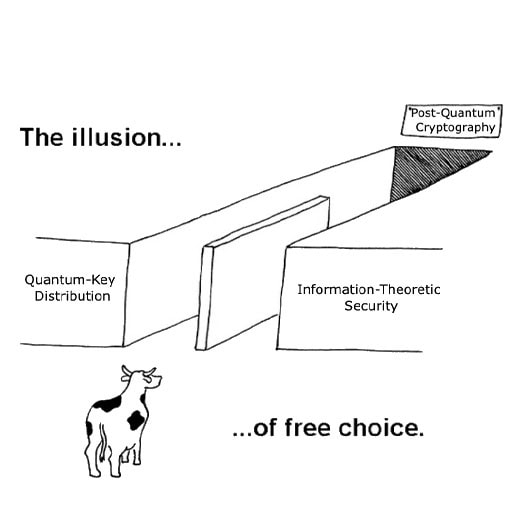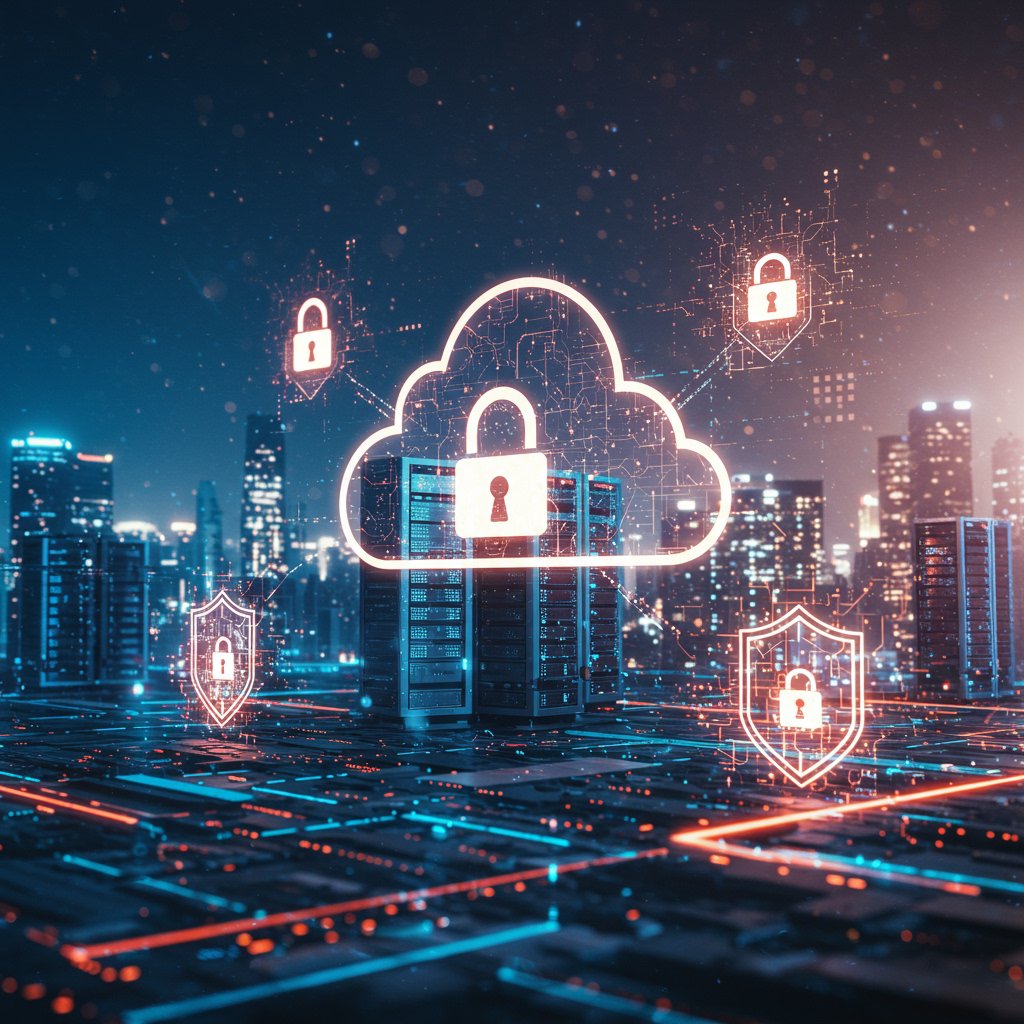Introduction
Ransomware has evolved from a disruptive nuisance to a sophisticated cyber threat capable of crippling businesses. What was once a single extortion tactic—locking a company’s files and demanding payment for their release—has now become a dual threat. Attackers not only lock access to critical systems but also steal sensitive data, threatening to expose it unless a ransom is paid. This double extortion strategy has left businesses scrambling for ways to mitigate the fallout of such breaches.
While traditional cybersecurity measures like firewalls, anti-malware software, and incident response plans remain essential, encryption stands out as one of the most effective ways to reduce the impact of ransomware. Yet many organisations—particularly those that do not encrypt their data by default—are leaving themselves exposed.
The Immediate Benefit of Encryption
Encryption transforms data into unreadable ciphertext that can only be decrypted with the proper keys. This ensures that even if ransomware attackers gain access to your files, they cannot leverage the stolen information for blackmail or resale. For companies that have yet to implement encryption by default, doing so provides immediate protection against data exfiltration and reduces the bargaining power of attackers.
Organisations handling sensitive customer or employee data, financial information, or intellectual property stand to benefit the most. Encryption not only protects this data but also sends a clear message to stakeholders that the company prioritises security and privacy.
Advanced Encryption for a Changing Landscape
To stay ahead of evolving threats, businesses must adopt encryption technologies capable of withstanding not just today’s attackers but also those of tomorrow. This includes:
- Quantum-Resistant Encryption: Quantum computers, once fully realised, will break many existing encryption standards. Quantum-resistant encryption, built on algorithms designed to resist these capabilities, provides long-term protection for sensitive data.
- Homomorphic Encryption: This technology allows encrypted data to be processed without decryption, ensuring that sensitive information remains protected even during analytics or operations. Homomorphic encryption is particularly valuable for businesses that handle highly sensitive data, such as financial transactions or healthcare records.
The Cost of Complacency
For businesses that have not yet prioritised encryption, the risks are severe. According to recent reports, 43% of cyberattacks target small to medium-sized enterprises (SMEs), and a staggering 60% of these businesses shut down within six months of a breach. Without encryption, stolen data can be weaponized against a company, exposing it to regulatory penalties, reputational damage, and financial loss.
Organisations that rely on third-party services, like cloud providers or TLS implementations, to handle encryption may also face challenges. While these services are improving their security measures, they cannot fully protect a company’s proprietary or sensitive data if it is not encrypted by the organisation itself.
Building a Resilient Future
The immediate benefits of implementing encryption are clear, but the long-term advantages are equally compelling. By adopting advanced encryption methods now, businesses can ensure compliance with evolving regulations, gain client trust with security-conscious customers, and reduce the damange of a breach.
A Holistic Approach: Backups and Cyber Hygiene
It is, however, critical to note that encryption alone is not a silver bullet. While it prevents the stolen data from being misused, it does not stop ransomware attacks from locking systems or disrupting operations. Businesses must complement encryption with robust backup solutions and sound cybersecurity practices. Regularly updated backups ensure business continuity, while measures such as multi-factor authentication, employee training, and endpoint protection reduce the likelihood of successful attacks.
The Path Forward
Businesses must act now to integrate encryption into their cybersecurity strategies. This is not just a recommendation for large enterprises—smaller companies and startups are equally at risk and often have more to lose in the aftermath of an attack. Encrypting data at rest and in transit, adopting quantum-resistant solutions, and exploring emerging technologies like homomorphic encryption are critical steps toward resilience.
In the face of ransomware and other advanced threats, encryption is not just a tool—it’s a lifeline. It ensures that even if attackers gain access, they are left with nothing of value. The sooner businesses embrace this reality, the safer their data—and their future—will be.









